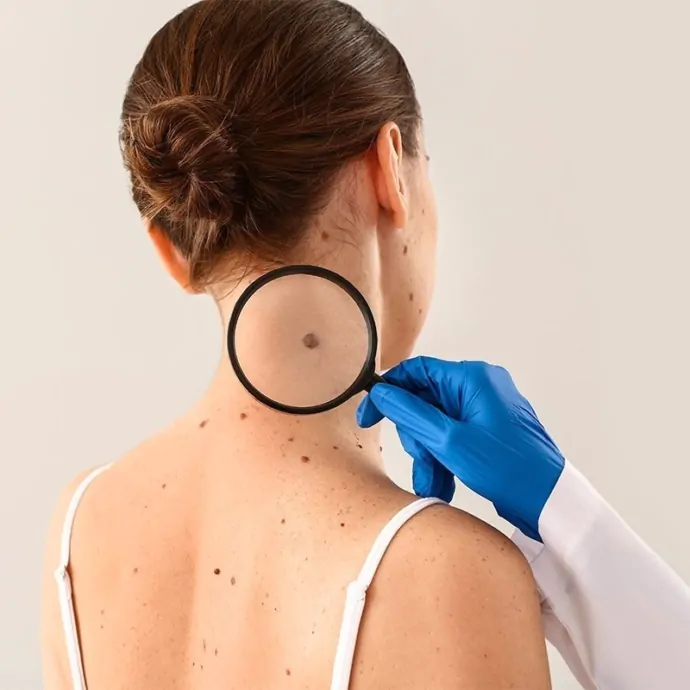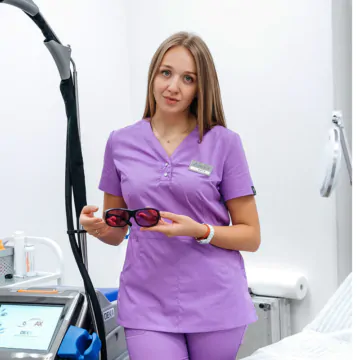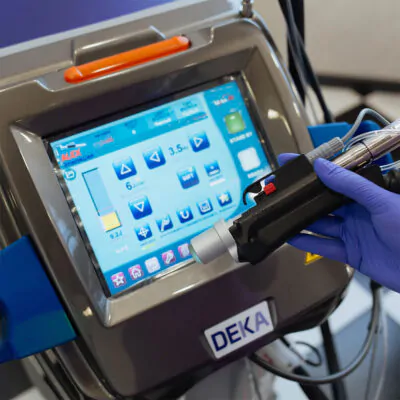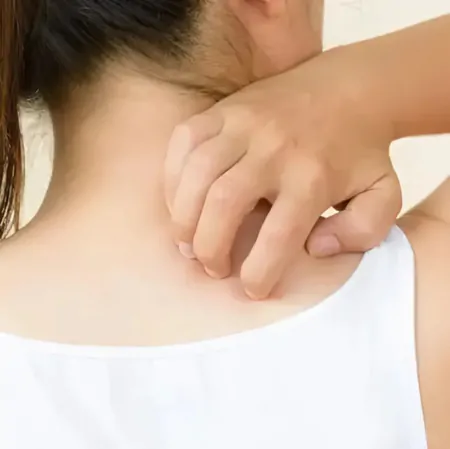Papillomas – causes of formation, types and treatment options
Contents
Papillomas are not just a cosmetic skin feature. These small-looking growths can actually reflect the state of your immune system, hormonal balance, and even potential health risks. Understanding what causes papillomas means understanding the signals your body is sending and knowing how to respond to them.
Although multiple papillomas on the body are most often benign, their appearance should not be ignored. Some types may be associated with oncogenic strains of the human papillomavirus (HPV) and require medical attention. In this article, we’ll explore the causes of papilloma development, the types that exist, as well as prevention and modern treatment methods.
Important: The information presented in this article is for educational purposes only and does not replace a medical consultation. If you notice papillomas or other growths, it is recommended to consult a dermatologist for accurate diagnosis and safe treatment options.
What causes papillomas?
To understand why papillomas appear on the body, we must start with the root cause: in nearly all cases, the appearance of papillomas is linked to the human papillomavirus (HPV). This is a widespread infection affecting millions of people worldwide. However, when it comes to what papillomas are and where they come from, the answer is more complex than it seems. The virus can remain dormant in the body for years and only become active under certain conditions.
The key trigger that often causes papillomas to develop is a weakened immune system. When the body’s natural defenses are compromised—due to chronic stress, illness, hormonal changes, or the use of immunosuppressants—HPV gets a “green light” to activate.
Other contributing factors include micro-injuries to the skin, unprotected sexual contact, poor hygiene, and frequent visits to public places (such as pools, salons, or gyms). In women, hormonal shifts (like pregnancy or menopause) often explain the appearance of papillomas. In men, causes often include not only the presence of the virus but also physical exhaustion, smoking, and stress.
In short, the causes of papillomas involve more than just infection—it’s about the conditions that allow the virus to become active.
What types of papillomas exist?
There are many types of papillomas. Generally, they are all caused by the same virus, but different strains. The type of papilloma determines the removal method and the level of potential health risk. The most common types of papillomas include:
- Common (vulgar) papillomas. The most widespread type. These are rough, round growths, often with a hardened surface. They may appear in clusters, especially on fingers, hands, and knees. They are often mistaken for calluses unless closely examined.
- Flat papillomas. Typically skin-colored or slightly brown, these barely rise above the skin’s surface. Most commonly found on the face, neck, or décolleté. In teens and women, facial papillomas are often linked to hormonal changes or skin sensitivity.
- Plantar warts. A form of HPV that develops on the soles of the feet. Due to walking pressure, they may grow inward, causing discomfort or pain. Often confused with dry calluses, but their cause is viral, not mechanical.
- Filiform or hanging papillomas. Thin, elongated growths that are skin-colored or pink. They usually appear in skin folds: on the neck, underarms, groin, or beneath the breasts. These are especially common in older people and those with skin prone to friction. Despite their harmless appearance, they are easily injured and may become inflamed.
- Genital warts (condylomas). These mainly develop in intimate areas and are sexually transmitted. They require special attention, as some HPV strains that cause them are oncogenic. In women, their appearance may be linked to weakened local immunity in mucous membranes.
- Internal papillomas. These do not form on the skin but on mucous membranes – in the throat, vocal cords, bladder, or gastrointestinal organs. They are typically undetectable without medical examination.
Each type of papilloma has unique characteristics and requires a tailored approach. Regardless of its form, understanding how papillomas form helps ensure a timely response and prevent complications.
What to do if you notice papillomas?
The appearance of papillomas can be alarming—especially if they emerge suddenly, spread rapidly, or appear in sensitive areas. When it comes to papillomas, causes and treatment are closely related. However, there’s no need to panic. The first step is to understand why papillomas appear on the body, and then determine an appropriate course of action.
First and foremost: papillomas should not be removed on your own. Even if a growth seems harmless, it may have not only a viral origin but also a potentially oncogenic nature. This is especially true for hanging papillomas on the body that are prone to inflammation when injured, and for growths on the face, where the skin is thin and vulnerable. Here’s what to do first:
- Consult a dermatologist or dermatovenerologist. The doctor can accurately identify the type of papilloma and conduct the necessary diagnostics. Sometimes dermatoscopy or HPV strain analysis is required.
- Get tested for viral load. This is particularly important if there are multiple papillomas on the body or growths in the intimate area.
- Identify triggering factors. In women, hormonal imbalance may be the cause, while in men, lowered immunity or chronic stress are more common triggers.
- Don’t ignore treatment. Even if the growths do not cause physical discomfort, it’s worth considering treatment. Timely removal is not only a matter of aesthetics but also prevention of possible complications.
The approach to treating papillomas should always be individual. While there are home remedies, it’s better to trust professionals—especially when it comes to skin health and viral infections. It’s also important to understand that any cosmetic procedures, including laser hair removal, are not recommended in areas where active papillomas are present. You must first undergo a medical examination and, if necessary, remove the growths.
How to prevent papillomas: tips for prevention
Preventing the issue before it appears is possible, especially if you understand how papillomas form and the conditions that contribute to their activation. Although HPV infection can occur without symptoms, not everyone who carries the virus will develop visible papillomas. Their activation is usually triggered by a combination of internal and external stressors on the immune system. Here are practical steps that truly work:
- Support your immune system. Adequate sleep, balanced nutrition, physical activity, and stress control are essential. This is especially important if you suffer from frequent colds, chronic fatigue, or are recovering from illness.
- Maintain personal hygiene. The virus can enter the body through small skin injuries, especially in humid environments. Use personal towels, avoid sharing hygiene products, and be mindful during manicures and pedicures. When visiting salons and spas, check for instrument sterilization.
- Practice safe sex. Most HPV strains are sexually transmitted, including those causing genital papillomas. Barrier protection doesn’t offer 100% safety but significantly reduces the risk of infection.
- Monitor your skin condition. Friction, cuts, and scrapes are entry points for the virus. Pay special attention to your face and neck, where the skin is especially sensitive. Treat any irritation, cracks, or inflammation promptly and protect them from further damage.
- Get vaccinated. Modern HPV vaccines are effective against the most dangerous strains. This is especially important for teens and young adults, but adults can also benefit from vaccination. The WHO recommends HPV vaccination as part of routine immunization programs worldwide.
Regular care for your health is the best prevention — this way, you won’t have to ask yourself what to do if papillomas appear.
Skin and internal papillomas: key takeaways

An important takeaway: papillomas are not always dangerous by themselves, but they should never be ignored. Some can lead to complications, and in some cases, they are associated with oncogenic types of HPV — meaning they may cause cancer.
The right approach includes diagnosis, professional removal if necessary, and preventive measures. Whether it’s hanging papillomas on the body, lesions on the face, or growths on mucous membranes — it’s best not to handle them on your own, but to consult a specialist. Timely attention to papillomas, their causes, and appropriate treatment is a step toward better control over your health.



































No reviews